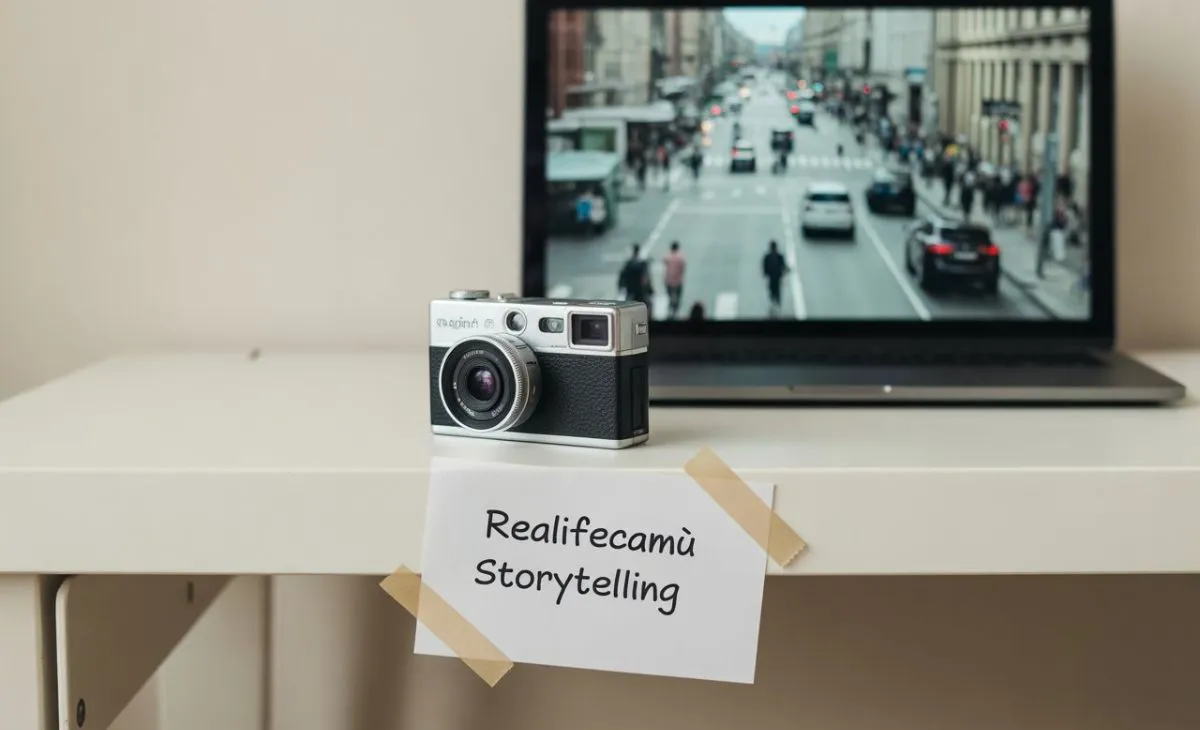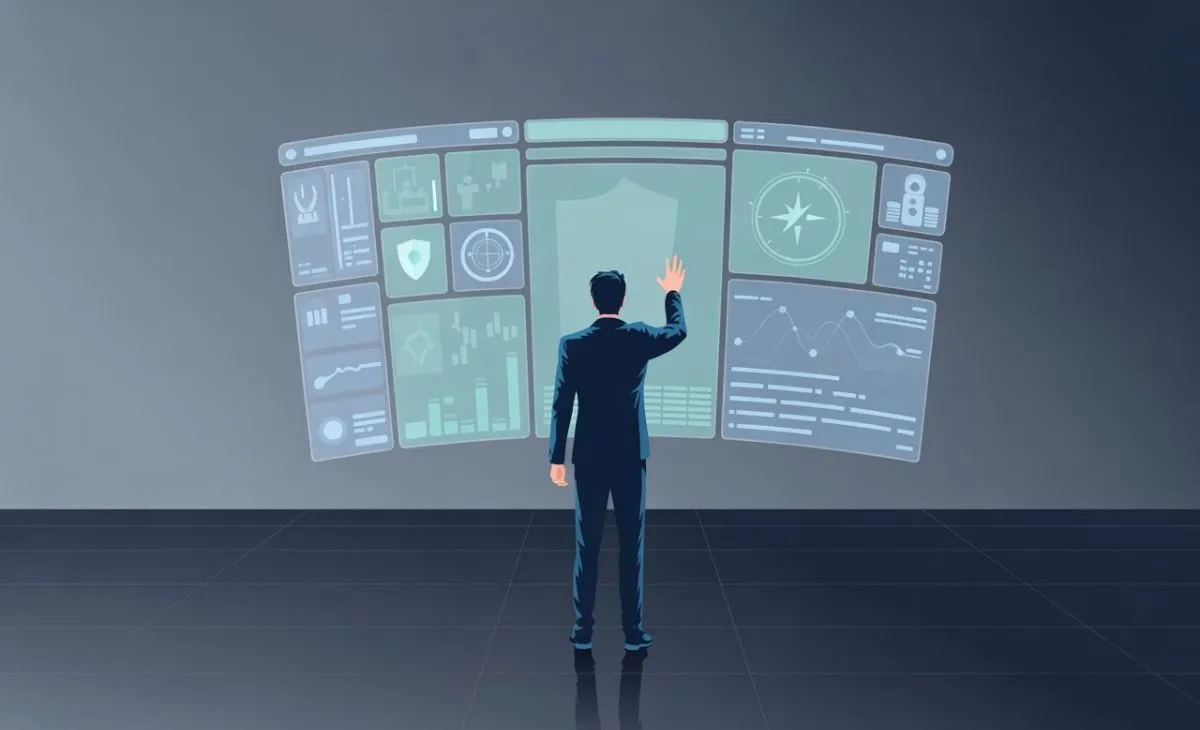In a world where technology constantly reshapes how we experience reality, one concept stands out as a quiet revolution—realifecamù. It’s not just a gadget, app, or camera system; it’s an idea that bridges the gap between living and observing. Realifecamù invites us to explore authenticity in the digital age by capturing life as it truly unfolds—unscripted, emotional, and real.
Today, where filters dominate social media and perfectionism hides true experiences, the philosophy behind realifecamù feels refreshing. It’s about returning to raw storytelling, showing life through an unfiltered lens.
What Is Realifecamù?
Realifecamù is a conceptual approach that combines real-time observation, digital streaming, and human storytelling. Think of it as a living window—one that doesn’t just show you what’s happening but how it feels to be there. It’s built on the principle that life’s most meaningful moments happen when no one’s performing.
By allowing viewers to witness genuine emotions—laughter, stillness, chaos—it transforms everyday life into art. The result is a rare blend of intimacy and authenticity that no scripted production can replicate.
The Philosophy Behind the Lens
At its heart, realifecamù isn’t about voyeurism or entertainment. It’s about connection. In an age dominated by curated feeds, this concept reminds us that imperfection is what makes human life beautiful.
Instead of creating an idealized image, it embraces the imperfect:
- Unfiltered environments
- Real conversations and expressions
- Honest reactions to everyday challenges
The philosophy suggests that transparency builds empathy—and that witnessing real life can restore our sense of shared humanity.
From Surveillance to Storytelling
The journey toward realifecamù started in the early 2010s when live streaming became accessible to the public. While platforms like Twitch and YouTube Live focused on entertainment, a smaller movement emerged among artists and documentarians who wanted to turn real life itself into a living narrative.
They installed cameras in studios, public spaces, and even homes—not to invade privacy, but to document authentic moments. Over time, this evolved into an art form where observation became storytelling.
In essence, realifecamù takes surveillance and transforms it into empathy-driven cinema.
Why Authenticity Matters More Than Ever
Today’s world is overwhelmed by artificial perfection. People stage their meals, rehearse their laughs, and edit their emotions before showing them online. But deep down, audiences crave what’s genuine. They want to see the human side of life—the struggles, the vulnerability, the spontaneous joy.
Realifecamù fills that gap. By embracing rawness, it reconnects us with the essence of being human. It reminds us that every unplanned second carries its own quiet beauty.
The Art of Observation
In traditional filmmaking, the camera tells you what to look at. In realifecamù, the camera simply watches. There are no scripts, no direction, no retakes—just moments unfolding naturally.
This shift from performance to observation creates a meditative rhythm. You start to notice details you’d otherwise miss:
- The flicker of light through curtains
- The way people pause before speaking
- The emotion behind silence
It’s art born from reality itself, where every second matters because it can never be repeated.
Emotional Connection in the Digital Era
One of the most profound impacts of realifecamù is emotional intimacy. When you watch someone live an ordinary day—cooking, cleaning, thinking—you begin to empathize. Their world becomes familiar, their feelings understandable.
This emotional connection contrasts sharply with the shallowness of most online interactions. Instead of consuming staged content, viewers share in a living, breathing experience. It’s not performance; it’s presence.
Case Study: A Window into Everyday Art
A European artist recently created a project inspired by the realifecamù concept. He set up unobtrusive cameras inside his small apartment to broadcast daily life—painting, cooking, or simply sitting by the window.
The audience grew unexpectedly. People tuned in not because of excitement but because of peace. They found comfort in the quiet honesty of his day. It reminded them that beauty doesn’t need grand gestures—it’s hidden in the routine moments we overlook.
That’s the essence of realifecamù: transforming the ordinary into something extraordinary through sincerity.
Technology and Ethics
As with any idea involving observation, ethics matter deeply. Realifecamù thrives only when it respects consent, privacy, and boundaries. Participants choose what to share and what remains private. Transparency is the foundation—viewers must know when and how the footage is captured.
When handled responsibly, this concept becomes a celebration of openness rather than intrusion. It shows that technology can connect hearts, not just devices.
Impact on Modern Creativity
Artists, educators, and storytellers have begun exploring realifecamù-inspired techniques to enrich their work:
- Filmmakers use real-time footage to enhance emotional realism.
- Educators apply it in cultural studies to explore social behavior.
- Psychologists analyze it for understanding human connection.
By merging technology with empathy, realifecamù has become a bridge between art and understanding.
The Future of Realifecamù
As AI, VR, and live-streaming tools advance, the concept is set to evolve. Imagine immersive virtual environments where viewers don’t just watch life—they experience it in real time, feeling the atmosphere, hearing the sounds, and sensing the emotions.
The next generation of realifecamù may combine data, storytelling, and art to build digital empathy on a global scale. The goal is not to escape reality—but to rediscover it.
Challenges and Controversies
Of course, every innovative concept faces skepticism. Some argue that constant observation diminishes privacy, while others fear desensitization. However, advocates believe that when used ethically, it promotes transparency and emotional understanding.
The key is responsibility—ensuring participants are respected and the purpose remains artistic, not exploitative.
Conclusion
Realifecamù isn’t about cameras—it’s about clarity. It encourages us to see life as it truly is: unpolished, spontaneous, and profoundly beautiful. By focusing on authenticity over appearance, it pushes back against digital superficiality.
As we continue to blur the lines between online and offline worlds, realifecamù reminds us that being human is worth watching—and worth cherishing.
FAQs
Q1. What makes realifecamù unique?
It focuses on authentic, unfiltered life instead of curated content.
Q2. Is it safe for participants?
Yes—when managed ethically with full consent and transparency.
Q3. Can it be used in art or film?
Absolutely. Many modern artists and filmmakers use it to capture emotional realism.
Q4. What’s the main goal of realifecamù?
To celebrate everyday human experience without performance or editing.
Q5. How does it impact viewers?
It builds empathy and emotional awareness through real observation.





